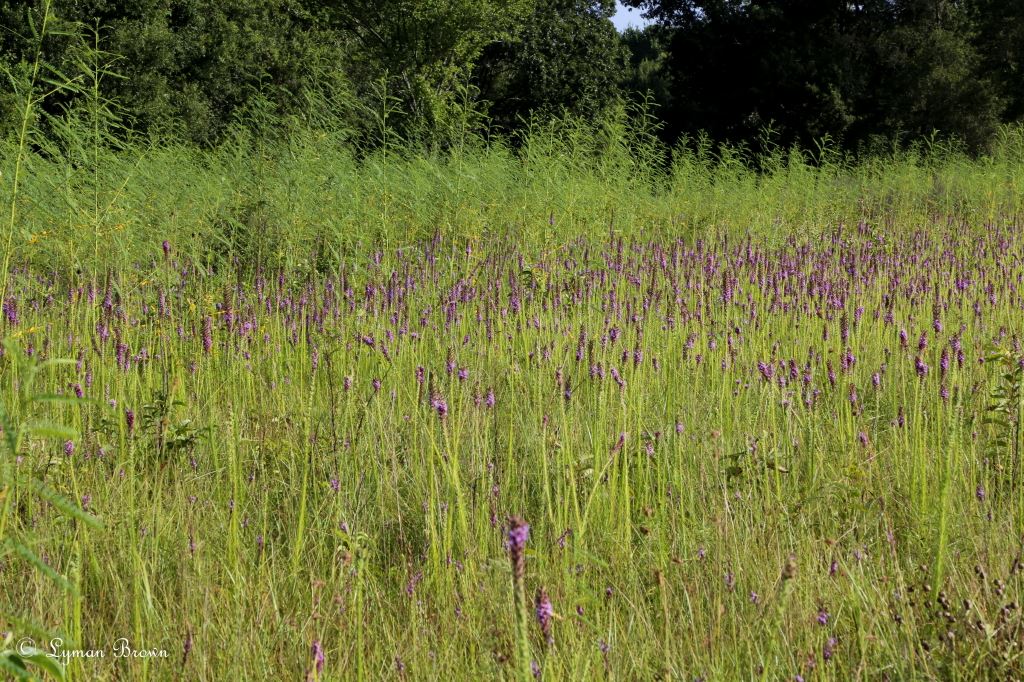Immerse yourself in Armand Bayou Nature Center's three ecosystems! This is a hands-on, TEKS correlated, field science class that makes the textbook come alive. Hike through the forest and roll a log. Visit the prairie and sweep net for insects. Dip net at the pond and discover what lives beneath the surface. As you visit each, you'll learn what makes it unique. The underlying theme is stewardship, as it encourages participants to appreciate and care for the world around them.
Grades 4th - 12th
Group Minimum 10
Duration 3.5 Hours Fee $22.00/participant (children and adults)
Prairie Grasslands
Objectives
Students will:
Examine properties of soil: color, texture, capacity to retain water, and explain sources of soil.
Explore how adaptations enable organisms to survive in their environment.
Compare life cycles in living organisms, such as butterflies and dragonflies.
Observe the way organisms live and survive in their ecosystem by interacting with the living and non-living elements.
Describe some components/elements/factor of pond, prairie, and forest ecosystems.
Vocabulary
Ecosystem - An ecosystem is a complex, dynamic system that functions as a whole. An ecosystem is a natural unit and its size can be as small as a drop of water or as large as the Earth. Ecosystems consist of the interactions between organisms and between organisms and physical components, in which materials are exchanged following closed paths.
Abiotic - non-living or physical components such as light, temperature, water, rocks, etc.
Biotic - living things
Producers - plants, algae, phytoplankton or bacteria the make their own food from the sun or chemical sources (vents ocean floor where there is no light)
Consumers - Organisms that eat other organisms or organic matter
Decomposers - Organisms that convert dead organic material into inorganic material, nature's recyclers
Diversity - variety of species in a given area
Life cycle - life history of an organism, including growth, development, aging, and death
Metamorphosis - The way that insects develop, grow and change
Complete metamorphosis: consists of 4 stages of development: egg, larva, pupa, adult; e.g. wasps, bees, beetles, moths, flies, and butterflies
Incomplete metamorphosis: 3 stages of development: egg, nymph, adult; e.g. dragonflies
Soil permeability - Rate at which a liquid can pass through soil
Niche - An organism's role in an ecosystem
Competition - Two or more organisms simultaneously demanding for limited resources, e.g. nutrients, water, light, space, etc.
Walk through the Forest
Programs are adjusted to be age appropriate. All programs address the Science TEKS goal of engaging students in hands-on investigations of the natural world.
For specific, grade-level TEKS that may be included in our programs, see our Science TEKS chart below.





